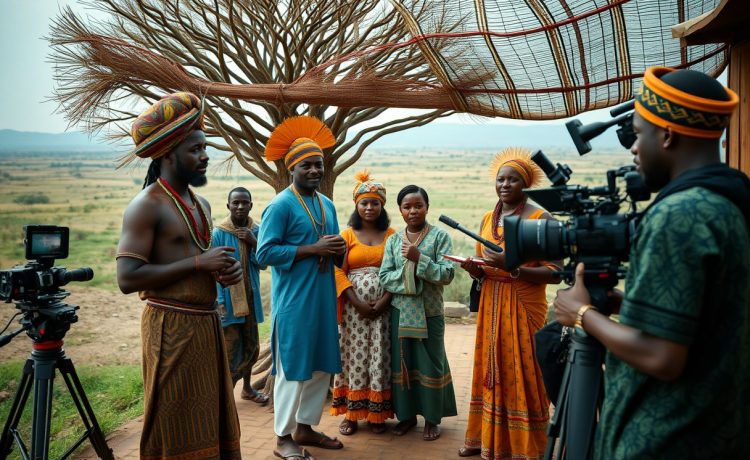Filmmaking offers a vibrant canvas to showcase the rich tapestry of diverse cultures, especially in the context of African movies. As you launch on this creative journey, it is imperative to approach the task with sensitivity and respect for the cultures you aim to portray. Here’s a guide to help you authentically capture diverse cultures in your filmmaking process.
First and foremost, immerse yourself in the cultures you wish to depict. This means investing time in research. Read books, watch documentaries, and engage with cultural experts to deepen your understanding. You can attend local cultural events, festivals, and exhibitions to experience the traditions, languages, and customs firsthand. This will not only ground your project in authenticity but also provide you with nuanced insights that can influence your storytelling approach.
Next, build collaborative relationships with individuals from the cultures you are representing. Engaging with local storytellers, cultural practitioners, and community leaders can lead to enriched perspectives that inform your work. They can offer invaluable feedback that can help refine your narrative, characters, and overall film direction, ensuring a respectful and accurate portrayal.
As you develop your script, focus on creating multidimensional characters that reflect the diversity within the culture. Stereotypes can detract from the authenticity of your narrative. Instead, strive to portray characters with individual stories, conflicts, and aspirations. This will resonate better with audiences and provide a deeper understanding of the cultural milieu. Highlight variations within the culture—such as different languages, dialects, and social practices—to give your story a richer depth.
Visual storytelling plays a pivotal role in filmmaking. Pay attention to the attire, architecture, landscapes, and everyday life of the culture. Utilize local resources for costumes and props to ensure accuracy and authenticity. Working with local artists and craftsmen can help you achieve this goal while supporting the community. Consider the colors, patterns, and textures that are representative of the culture and weave them in seamlessly into your visual narrative.
Sound is another integral component of capturing cultural nuances. Use traditional music, instruments, and soundscapes in your film to enrich the viewing experience. Collaborating with local musicians can provide authentic soundtracks that resonate with cultural significance. This not only enhances your film but also brings audiences closer to the culture you are depicting.
Lastly, approach the distribution and promotion of your film with cultural sensitivity. Engage with local and international communities to showcase your film while highlighting its cultural significance. Reach out to film festivals that focus on African cinema and diverse storytelling and engage in discussions that allow for recognition of the cultures represented in your work.
To sum up, capturing diverse cultures in filmmaking—especially for African movies—requires dedication, research, and collaboration. By immersing yourself in the cultural context, creating authentic narratives, and engaging with local communities, your film will not only entertain but also educate and foster appreciation for the magnificent diversity of African cultures.
